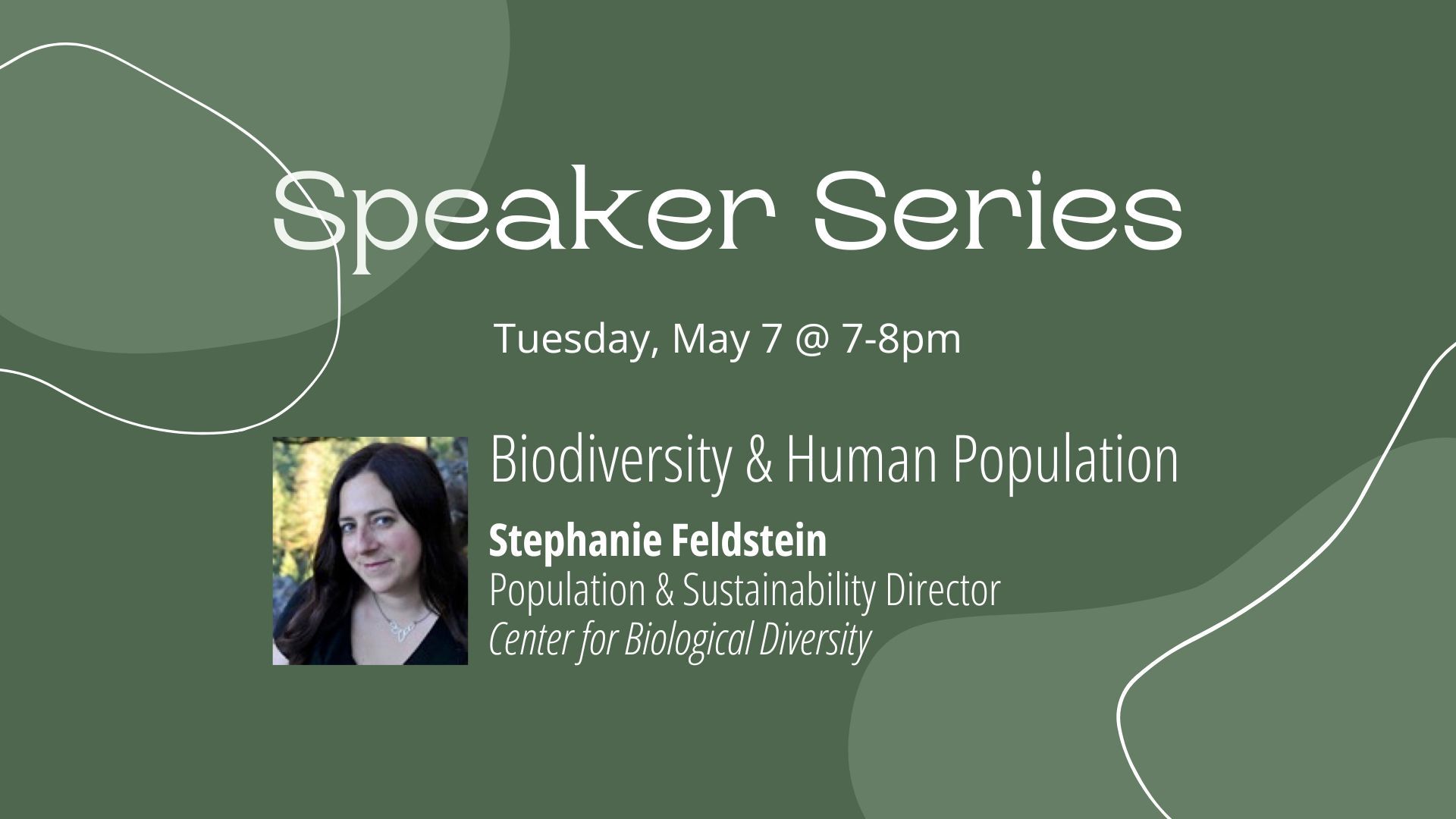A Few Thoughts on Immigration

- August 1, 2021
To begin with an understatement, immigration is a highly controversial topic. Most of us are familiar with the contentious cultural and economic debates surrounding immigration policy, and immigration also has multiple tangled and ambiguous connections to population growth and the environment. Immigration obviously contributes to population growth in the United States, though even measuring by exactly how much is fraught with peril given undocumented immigration. In addition, the relationship between immigration and world population growth is more complicated than it seems at first glance. For example, an immigrant couple coming to the U.S. from a developing nation is likely to have fewer children than they would have had they not immigrated — as will the third generation — and thus will contribute to lowering global fertility.
Most members of the American population/environmental community support a relatively liberal immigration policy. Yes, a few progressive, environmental organizations, perhaps led by Progressives for Immigration Reform, do argue that the U.S. should reduce immigration given how much every American consumes. Most environmental groups, however, argue that people pollute regardless of where they live, and they support immigration along humanitarian and economic lines. They also reject environmentally based anti-immigration arguments as disingenuous. A passage by the Center for American Progress is worth quoting at length:
“Population-based arguments against immigration, meanwhile, are built on a series of flawed assumptions.”
The first is that the environmental health of the United States exists in isolation from the rest of the world, which has never been more untrue than in 2020, as the country grapples with climate change, the collapse of transnational migratory species, and a coronavirus pandemic . . . The second is that it allows the interests driving the real problem — overconsumption and unregulated development — off the hook. For example, corporate interests such as the oil and gas industry have undue influence on U.S. policy. Per capita, the United States has a greater rate of climate emissions, air pollution, and nature destruction than most other countries and is an outlier even among countries with similar standards of living. Policies aimed at limiting corporate capture and protecting public health — not curtailing immigration — are the solutions to these problems.”
We at UPEC tend to agree with the above arguments, though it remains true that, once an immigrant crosses the border, she almost automatically consumes and pollutes more. In addition, it is unfair that environmentalists who advocate for even modest immigration reforms designed to lower our total population — say, reducing the legal numbers who can come into the nation — are often branded as racist. It is certainly the case that ethnic and racial animus often has tragically driven immigration politics and policy in the U.S., from the opposition of the “Know Nothing” Party to Irish immigration in the mid-1800s, to the Chinese Exclusion Act of 1882, to national quotas meant to limit the influx of people from Central and Southern Europe in the 1920s. Even in the modern era, the population movement remains spooked by the “ghost of the eugenics” — the long and unfortunate union, primarily in the first half of the twentieth century, between racists and those who called for population “control” (a word we would never use) and immigration restriction. The Sierra Club nearly split in the late 1990s over a vote to adopt an anti-immigration platform, and these scars have never healed.
We at UPEC are very aware of this history, but we do not believe that anyone who calls for lower levels of immigration is automatically a racist; honorable people can disagree on these matters. We worry about population growth globally, nationally, and at home, but we also deeply value the cultural and economic benefits that immigrants have brought and continue to bring to this country. And we especially cherish America’s history of opening its doors to refugees and immigrants facing poverty and repression.
Economists disagree about immigration, too. Some argue (reasonably) that immigration drives down the wages of Americans toward the bottom of labor markets. Others, however, argue (reasonably) that it creates a more dynamic economy, especially as immigrants start businesses at higher percentages than the general population. And, of course, immigration improves the welfare of most immigrants. Perhaps the economic issue that garners the most attention concerns the labor force and the “dependency ratio.” Many economists and policymakers call for higher migration levels to boost the population, because, they argue, we would otherwise “run out of workers.” In other words, the claim goes, low population growth rates and insufficient immigration have combined to produce an unsustainable dependency ratio — the ratio of retired people (and pre-working-age young people) to the working population.
But even if an aging population does present some challenges, it is hardly the “crisis” that the media loves to proclaim.
The dependency ratio argument fails in the face of ever increasing productivity levels, an empirical fact except in recessions. In other words, ongoing productivity happily overwhelms the costs associated with higher levels of dependents; we can (and likely will) produce more than enough to reward the workers and care for the dependents, especially if we choose policies that reward productivity-enhancing investment. In addition, liberal immigration policy may itself be productivity-enhancing. Immigrants are a mobile, ambitious, and risk-embracing population. Locations that have historically been immigration magnets are characterized by unusually strong productivity and income growth in the long run.
Our main goal remains steady or even lower populations — here in Utah, and around the world. As we detail on our webpage, economists disagree about the economic effects of immigration. Regardless, however, as UPEC stresses (please see our recent White Paper for more details), lower population levels simply do not pose a threat to the future economy, as many fear. In the end, restrictive immigration policy is not a very effective or desirable way to achieve the goal of a lower aggregate total population. Improving the economies of nations with high rates of out-migration is a much more humane and effective means of improving living standards and lowering populations (and perhaps reducing immigration to the U.S. along the way). And the best ways to reduce the global population are well known and largely uncontroversial: educating people about the connection between population growth and environmental crises, encouraging families to stop at two children so that those children (and their parents) can enjoy richer lives, and improving access to birth control and women’s education.


